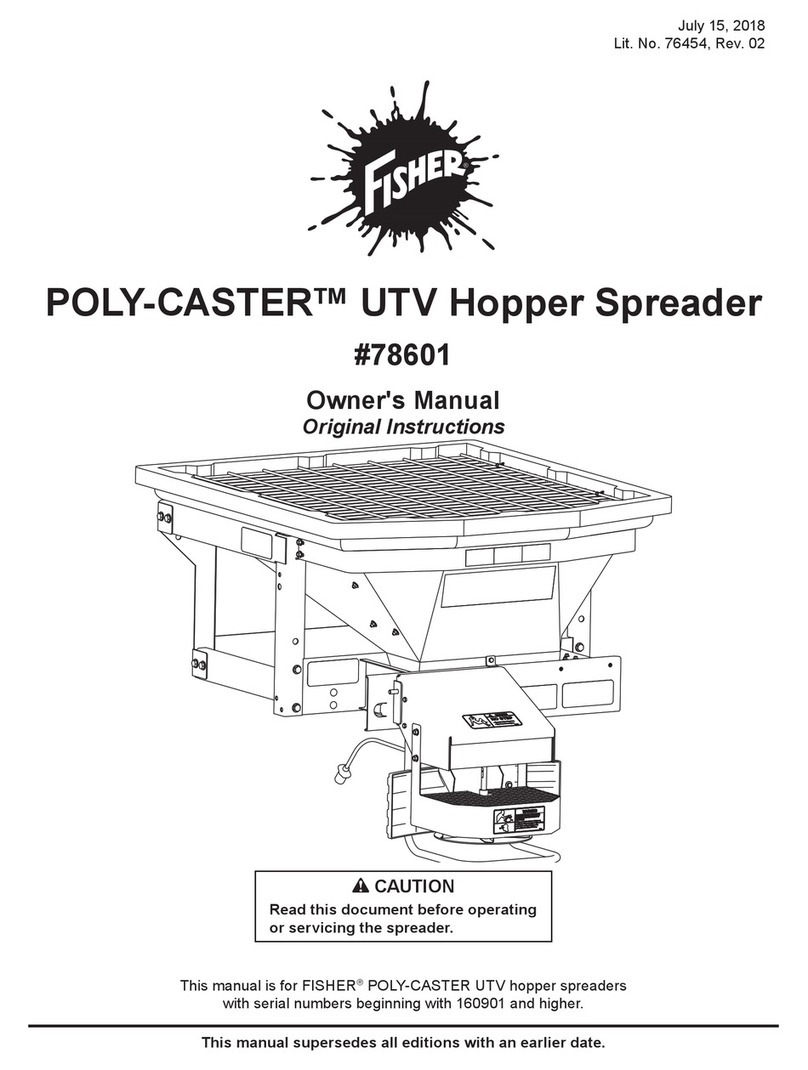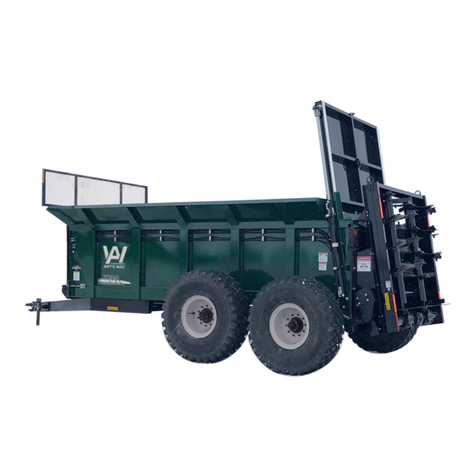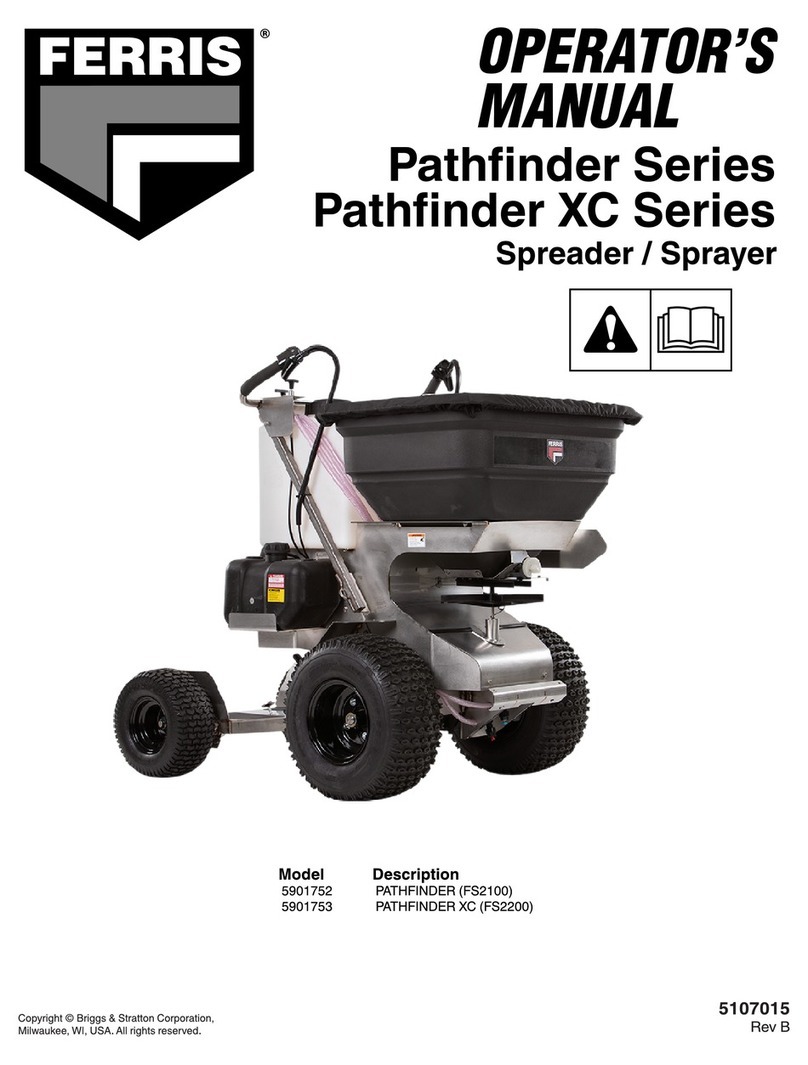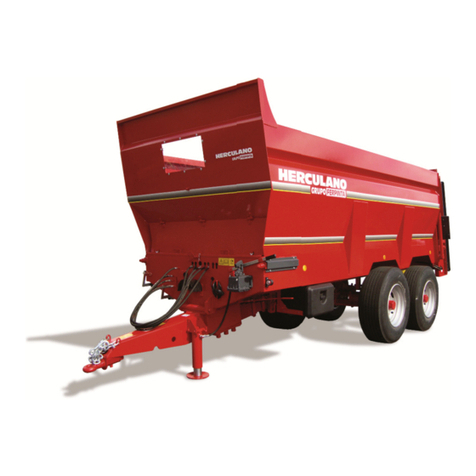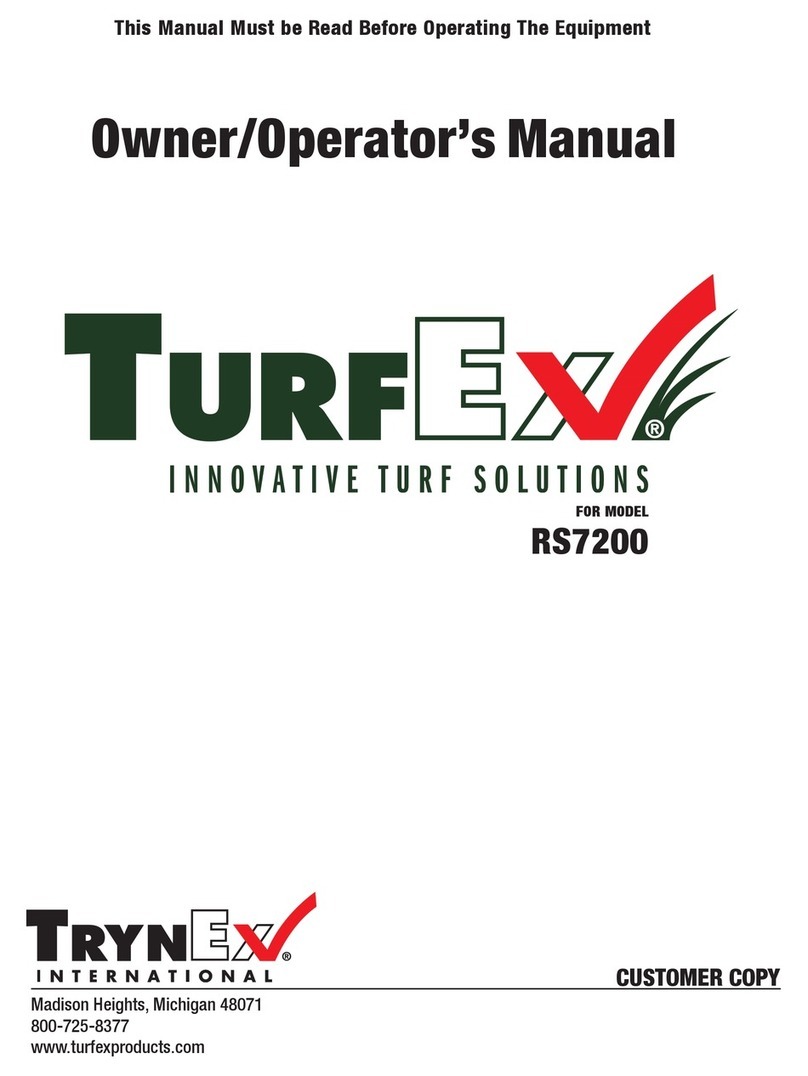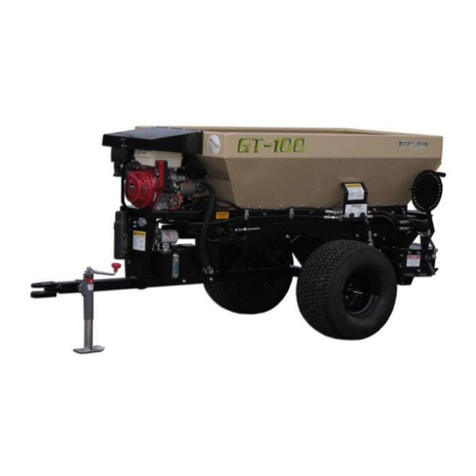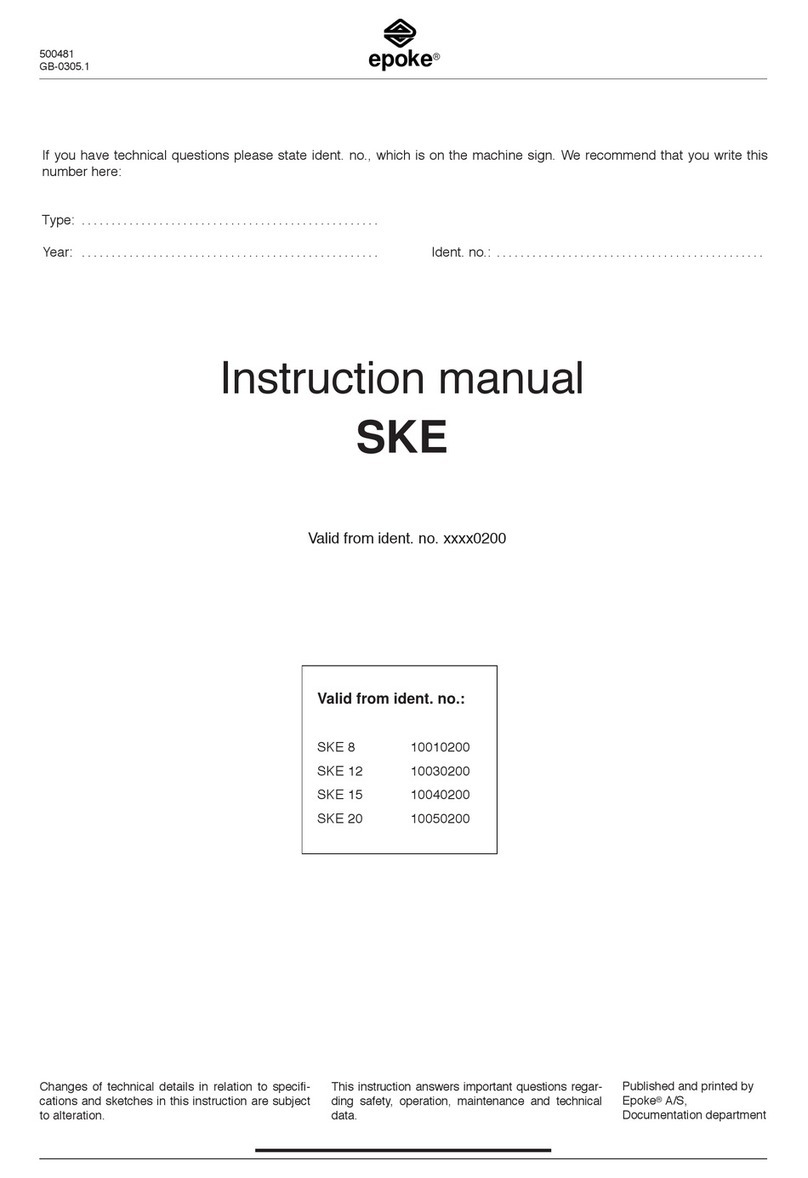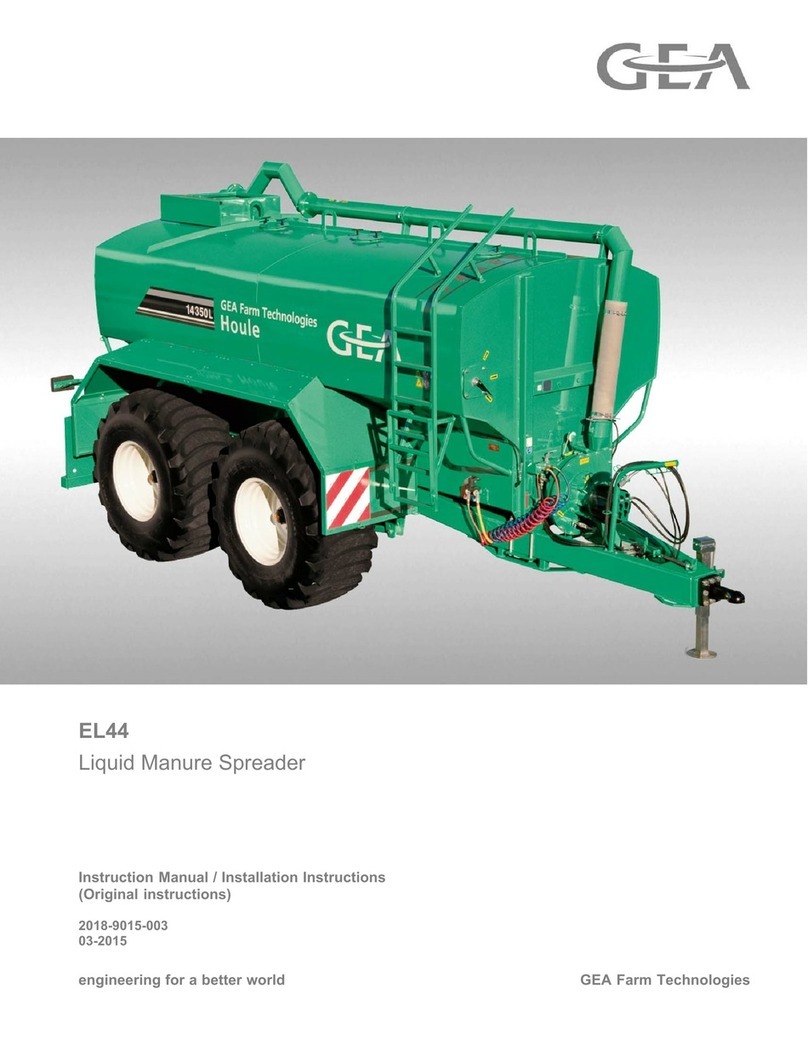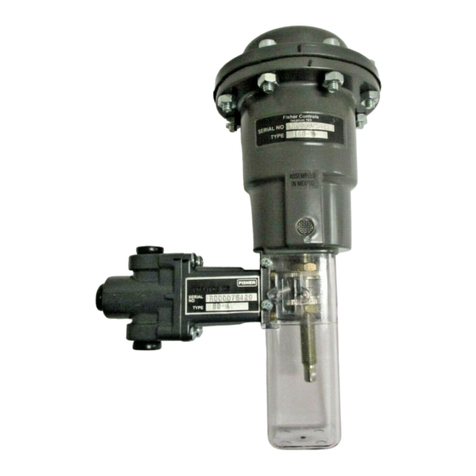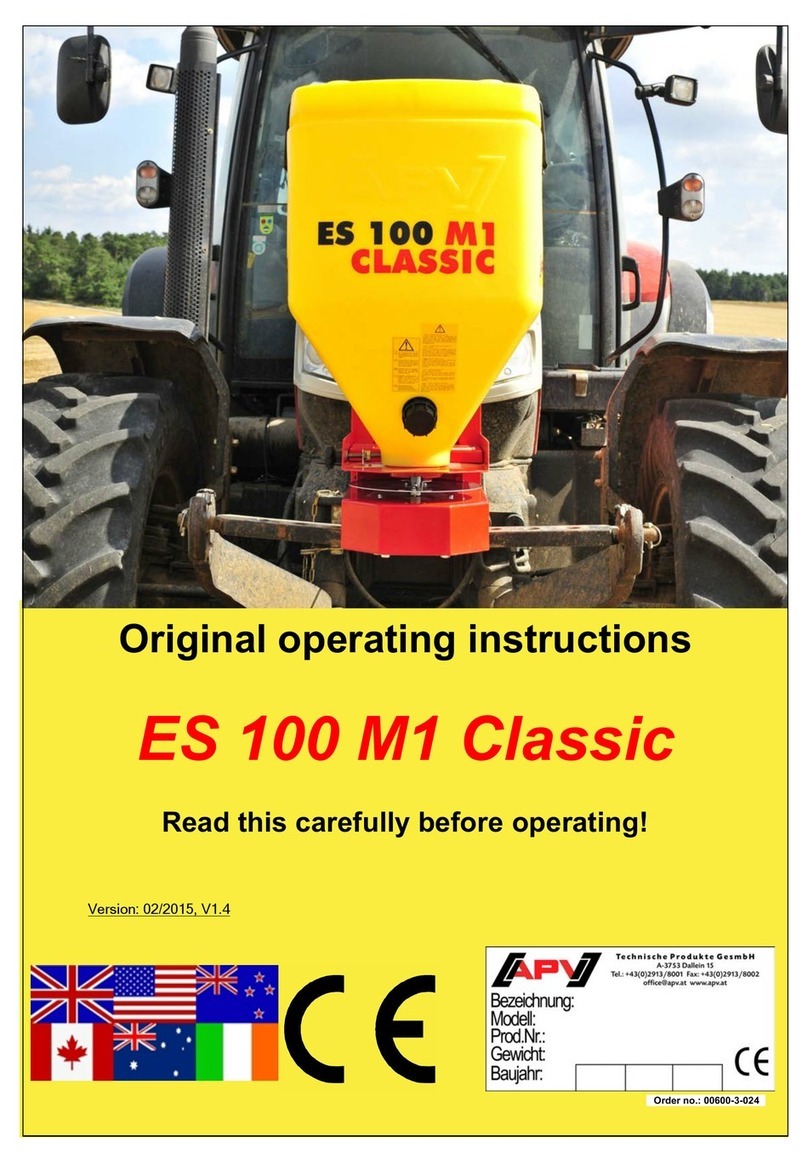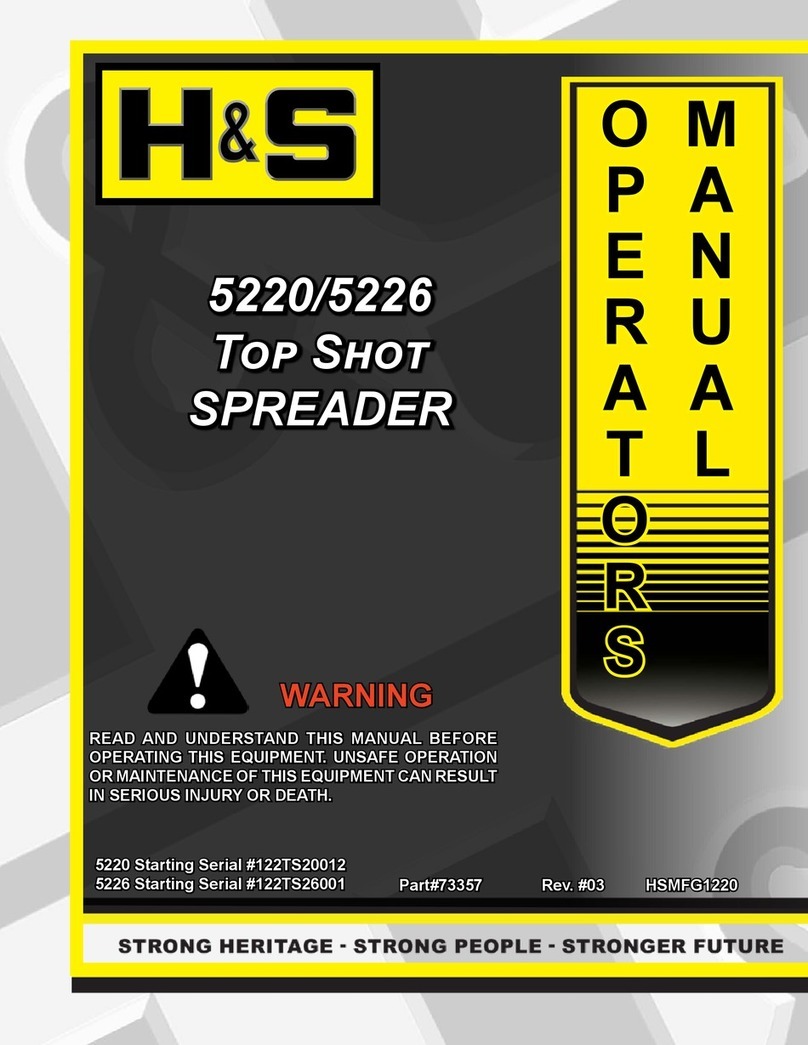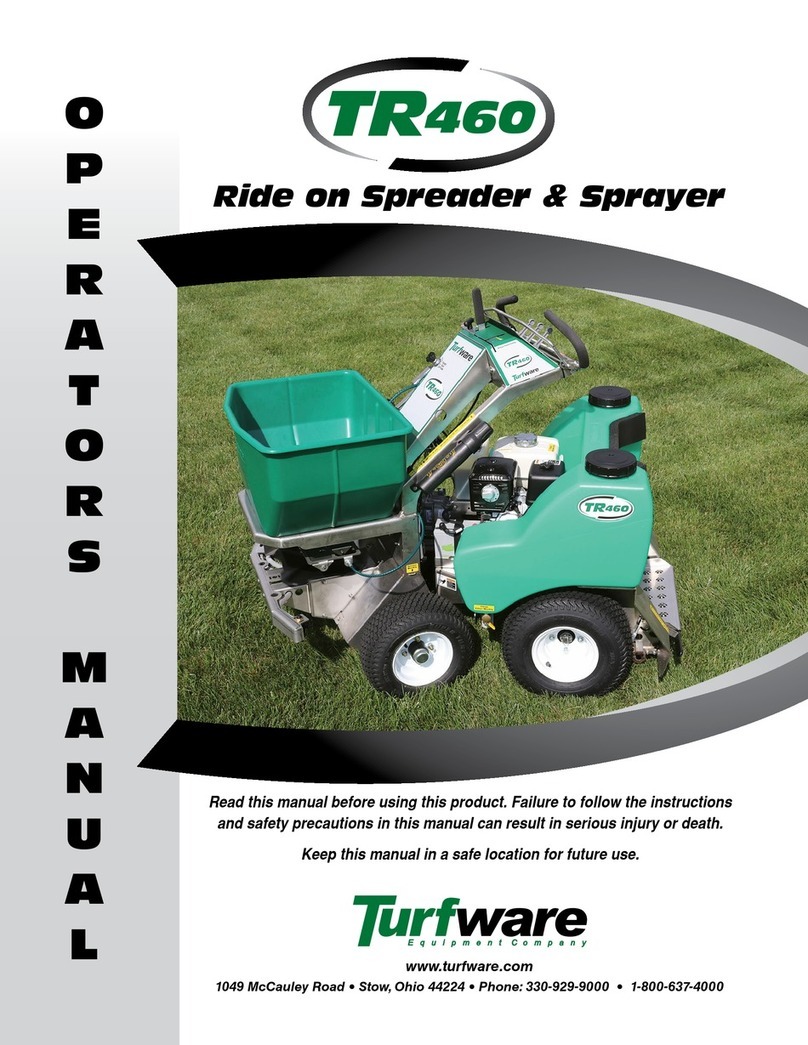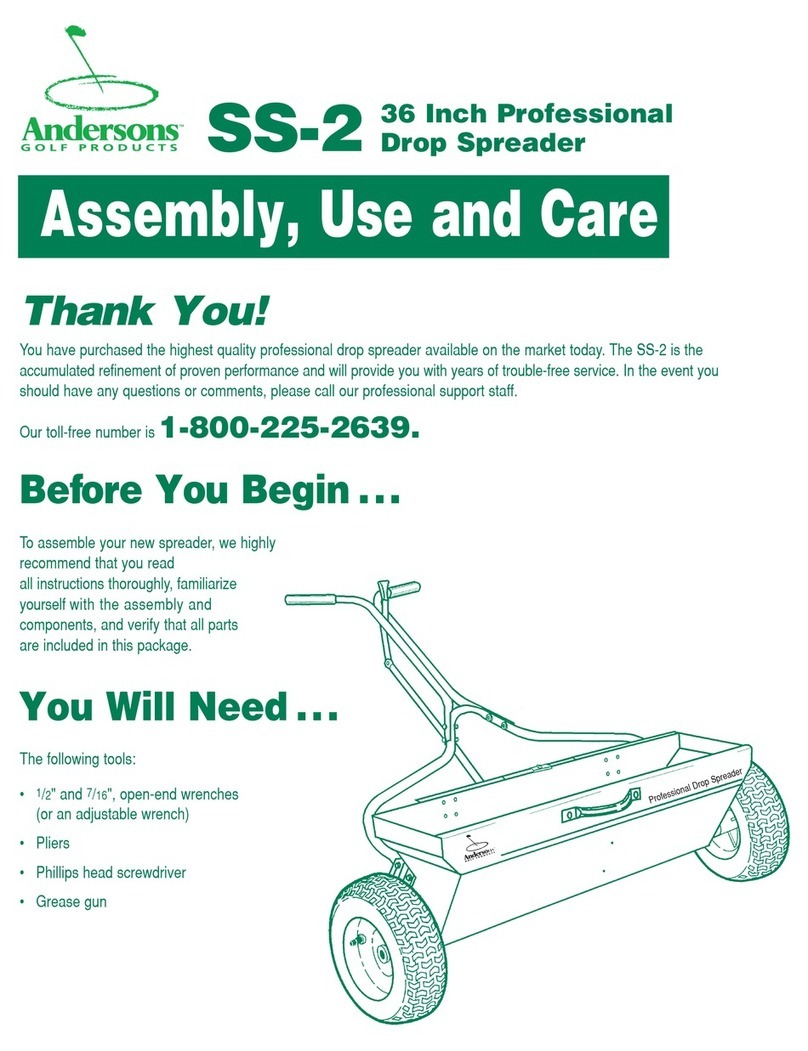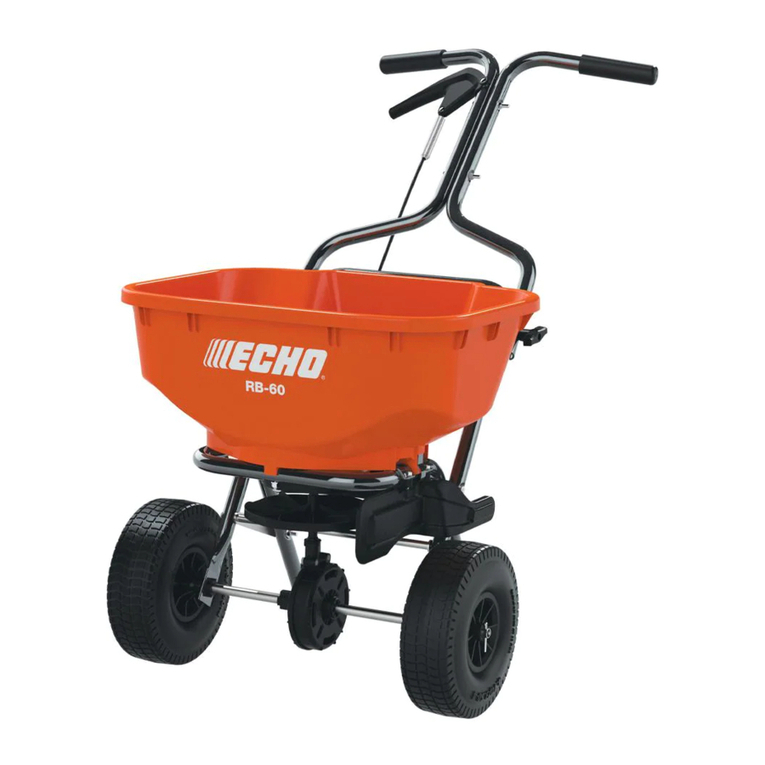
P a g e 4 | 101
Contents
SAFETY ............................................................................................................................. 5
STICKERS .......................................................................................................................... 6
MODEL DESCRIPTION ....................................................................................................... 8
GENERAL INSTRUCTIONS .................................................................................................. 9
Training.................................................................................................................................... 9
Preparation.............................................................................................................................. 9
Operation .............................................................................................................................. 10
Transport ............................................................................................................................... 11
Fuel ....................................................................................................................................... 12
Storage .................................................................................................................................. 13
MACHINE OPERATION .................................................................................................... 14
Controls ................................................................................................................................. 14
Using the machine.................................................................................................................. 16
Use on a slope........................................................................................................................ 17
To stop the machine ............................................................................................................... 17
SPREADING MATERIALS.................................................................................................. 18
Spreading hot mix .................................................................................................................. 18
Chip spreading ....................................................................................................................... 19
“Hot mix spreading” / “chip spreading” configuration ............................................................. 20
SERVICING AND SETTINGS .............................................................................................. 21
Liquid levels ........................................................................................................................... 21
Drive belt ............................................................................................................................... 22
Tyre pressure ......................................................................................................................... 22
Maintenance.......................................................................................................................... 23
SPECIFICATIONS.............................................................................................................. 25
Engine.................................................................................................................................... 25
Caracteristics.......................................................................................................................... 26
Declaration of “acoustic” conformity (2000/14-EC Directive) ................................................... 27
